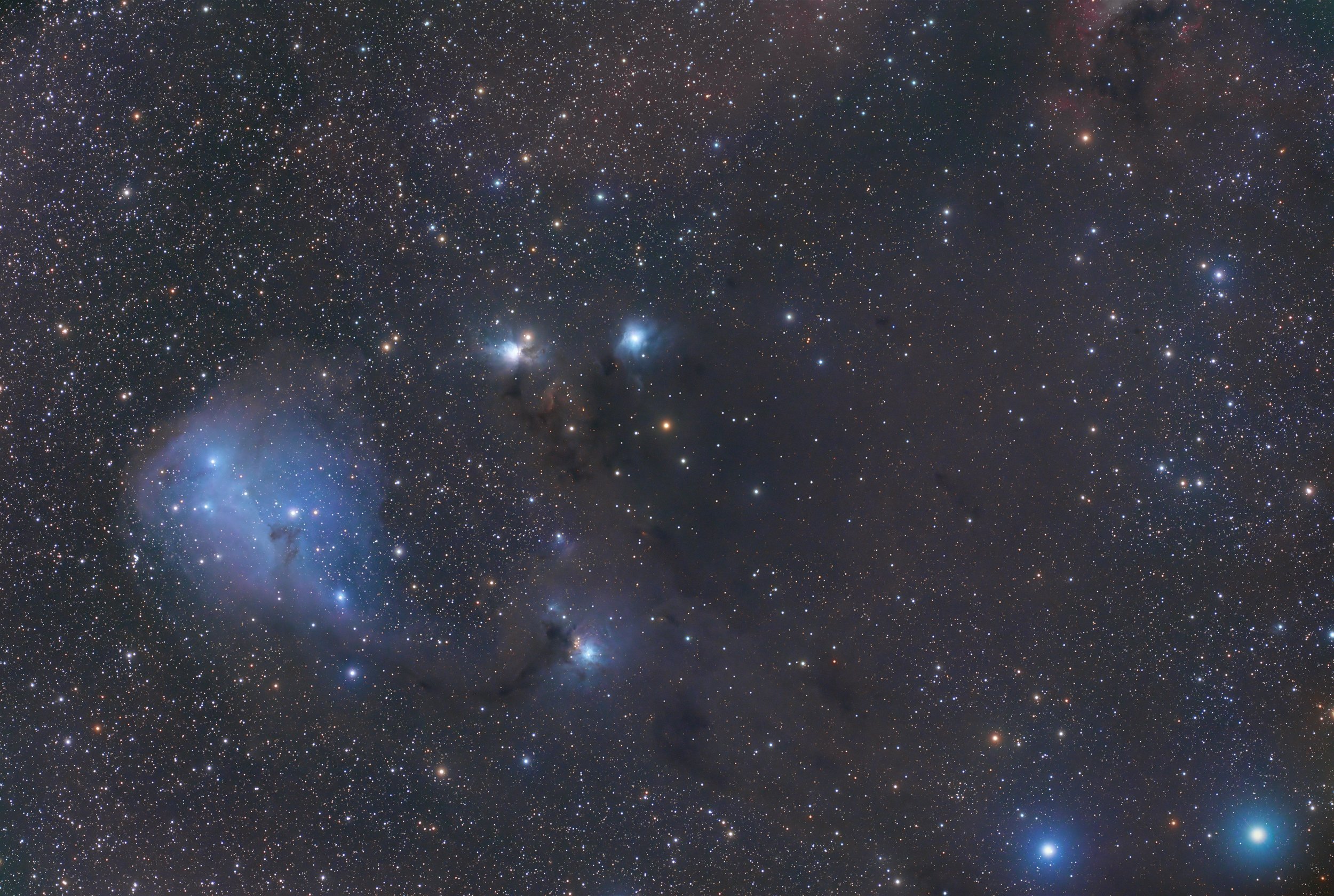
AAPOD2 Image Archives
The countless nebulae of M31
While the Andromeda Galaxy, or M31, is celebrated as our Milky Way's nearest spiral neighbor, there are intriguing lesser-known aspects to this cosmic wonder. Recent measurements hint that Andromeda might be a bit closer than the widely quoted 2.5 million light-years, emphasizing the ever-evolving nature of our astronomical knowledge.
Andromeda's invisible halo of dark matter, its history of galactic cannibalism, and its impending collision with the Milky Way in about 4.5 billion years add layers to its mystique. Within its vast expanse lie ancient star clusters, older than their Milky Way counterparts, offering insights into the early cosmos. Beyond its beauty, M31 harbors a universe of secrets, making it an enduring subject of astronomical wonder.
Venus
Venus, often referred to as Earth's "sister planet" due to its similar size and composition, harbors some lesser-known intriguing facts. Unlike most planets in our solar system, Venus rotates in a retrograde motion, meaning it spins clockwise on its axis, opposite to the direction of its orbit around the Sun. This unusual rotation results in extremely long Venusian days, lasting longer than its years. Venus also boasts one of the most hostile environments in our solar system, with surface temperatures hot enough to melt lead and crushing atmospheric pressure akin to being 3,000 feet underwater. Furthermore, Venus has a mysterious phenomenon known as "super-rotational winds," where its thick cloud cover rotates much faster than the planet's surface, with winds reaching speeds of up to 224 miles per hour (360 kilometers per hour). These enigmatic features make Venus a captivating but challenging celestial neighbor to explore.
NGC 869 & NGC 884 - The Double Cluster
The Double Cluster, also known as Caldwell 14, is one of the most prominent and captivating open star cluster pairings in the night sky. Located in the constellation Perseus, these clusters are relatively young, with an estimated age of around 12.8 million years. What makes them particularly fascinating is that they are not physically associated with each other, despite their apparent proximity in the night sky. NGC 869, the northern cluster, is about 6,800 light-years away from Earth, while NGC 884, the southern cluster, is approximately 7,500 light-years away. This intriguing separation highlights the optical illusion of their proximity and adds a layer of complexity to their celestial beauty.
Bat Out of Hell - Fire and Brimstone Edition AKA (The Eastern Veil)
The Eastern Veil Nebula, also known as NGC 6992, is a spectacular celestial spectacle that comes to life in this captivating narrowband image. Located in the constellation Cygnus, this intricate nebula is a remnant of a supernova explosion that occurred thousands of years ago, carving out a mesmerizing cosmic tapestry.
In this narrowband view, the image highlights the delicate filaments and tendrils of the Eastern Veil Nebula, which are rich in hydrogen-alpha, sulfur, and oxygen emissions. These specialized filters reveal the nebula's intricate structure and intricate details, with vibrant hues of red, green, and blue.





